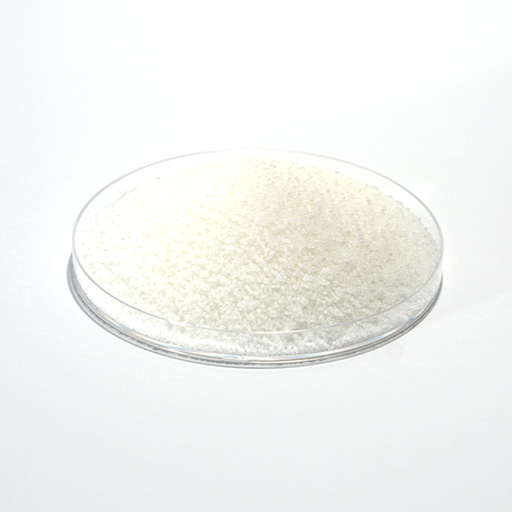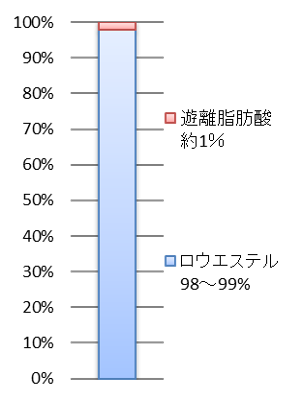
snow wax
The black, round thing in the photo is the Japanese scale insect, and the white substance on the tree branches is wax. At our company, we call this pure white wax yukiro or Snow white wax. As you can see, this wax-covered tree looks like it's been covered in snow.
From “killing” pests to “keeping them alive”
Research began in the 1990s as part of our company's `` CERARICA CERARICA NODA and the Chinese Academy of Forestry Sciences developed into a JICA* project. Industrial use of snow wax to transform insects such as scale insects, which have traditionally been regarded as typical pests, into beneficial insects, enrich poor farmers in the mountainous areas of Sichuan and Yunnan provinces in China, and at the same time increase greenery. We have been expanding our development business.
*JICA (Japan International Cooperation Agency) is an independent administrative agency that is one of the agencies implementing official development assistance, and its purpose is to contribute to the economic and social development of developing regions and promote international cooperation. .
*JICA (Japan International Cooperation Agency) is an independent administrative agency that is one of the agencies implementing official development assistance, and its purpose is to contribute to the economic and social development of developing regions and promote international cooperation. .
Various names related to uses
The historical name for this wax is Ibotaro.
Ibota is written as "wart removal". Its name comes from the fact that it was used as a medicine to remove warts. One treatment involved wrapping the base of the wart with silk thread and applying heated and melted wax. The name of the insect that produces this wax is the Japanese scale insect. In addition, in Japan, the Ibota tree is a representative tree that is particularly favored by the Ibota scale insect and is known for its snow-covered appearance. The word ``mizuwa'' is also used for ibota. Earlier, I mentioned its use as a wart remover, but as a herbal medicine, it is called Mushirowa or Mushirowa. The reading is "Chuhakurou". When used in cosmetics, the display name is Chuuhakurou in katakana. Another thing is that in English, Japan wax refers to Japanese wax, but Chinese wax refers to snow wax. In China, it has an even longer history of medicinal use than in Japan.
Ibota is written as "wart removal". Its name comes from the fact that it was used as a medicine to remove warts. One treatment involved wrapping the base of the wart with silk thread and applying heated and melted wax. The name of the insect that produces this wax is the Japanese scale insect. In addition, in Japan, the Ibota tree is a representative tree that is particularly favored by the Ibota scale insect and is known for its snow-covered appearance. The word ``mizuwa'' is also used for ibota. Earlier, I mentioned its use as a wart remover, but as a herbal medicine, it is called Mushirowa or Mushirowa. The reading is "Chuhakurou". When used in cosmetics, the display name is Chuuhakurou in katakana. Another thing is that in English, Japan wax refers to Japanese wax, but Chinese wax refers to snow wax. In China, it has an even longer history of medicinal use than in Japan.
Features of snow wax
Our snow wax is characterized by its high melting point, luster, pure white, and acicular crystals. It is mainly used as a moisture barrier, lubricant, polishing agent, etc. The surface polished with snow wax does not bleed or splatter, and it is possible to write ink on it, making it useful for crafts such as paulownia boxes. It is also known as a wax suitable for cleaning Go stones. Black stones are polished with camellia oil, and white stones are polished with this snow wax to restore their shine.
Insects that produce snow wax
The scale insect is an insect of one genus and one species belonging to the family Scaleniidae. It is parasitic on plants belonging to the Oleaceae family, such as Chinese ash and Japanese privet. Regarding wax production capacity, only 1 to 2 grams of wax can be obtained for 1,500 insects, and snow wax has become a high-grade wax in modern times.
Snow wax product series list
| product series | Product name | shape |
|---|---|---|
| Futuristic products (functionality/culture) | Deodorized purified snow wax No.1 | - |
| F series (Pesticide free/Safe and secure) | - | - |
| NC series (high precision products) | - | - |
| Standard refined products | - | - |
| Cost-oriented products | - | - |
Snow wax product performance comparison table
| futuristic products | |
|---|---|
| product name | Deodorized purified snow wax No. 1 |
| shape | grain |
 | |
| Transparency after dissolution |  |
| explanation | A refined snow wax product created through a JICA project. |
| composition |  |
| acid value | < 5 |
| saponification value | 70~100 |
| Iodine value | < 10 |
| Melting point (℃) | 78〜85 |
| peroxide value | - |
| Heavy metals (ppm) | < 20 |
| Arsenic (ppm) | < 2 |
| specific gravity | 0.97(25℃) |
| Penetration (100g/5s) | 2.6(25℃) |
| Viscosity (cP) | 12.1(100℃) |
| Flash point (℃) | 296 |
| Compatible standards | - |


